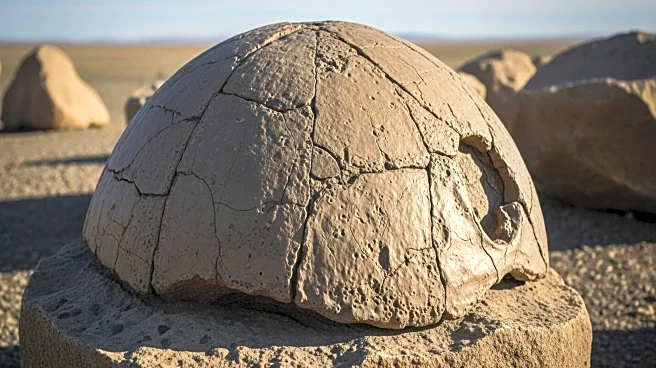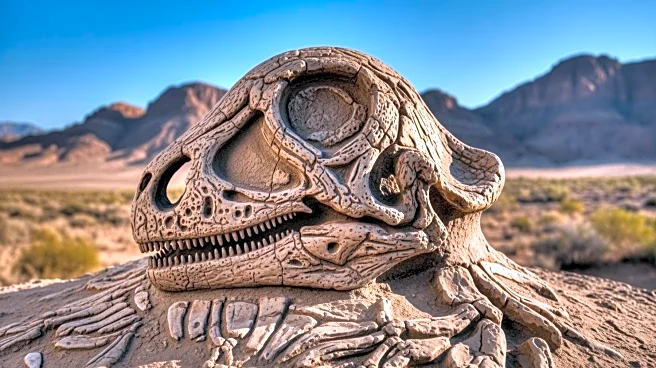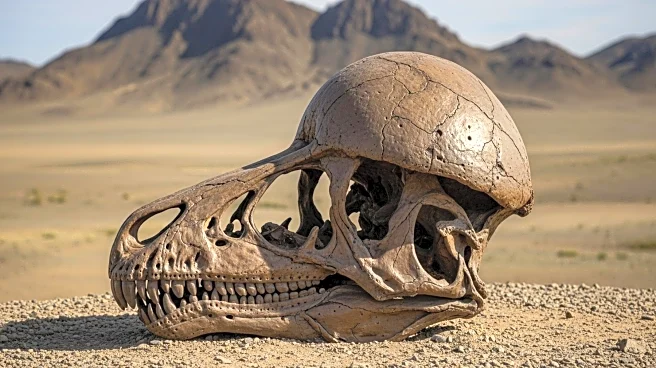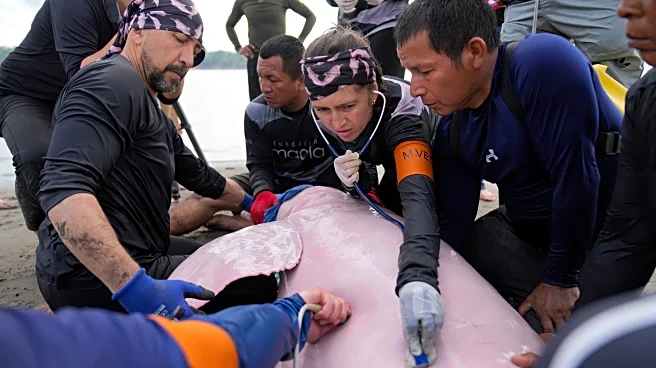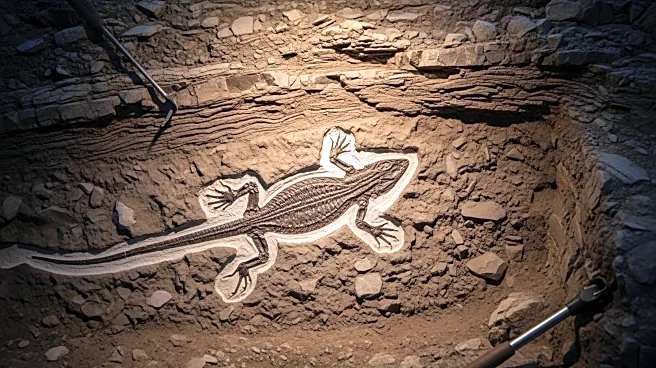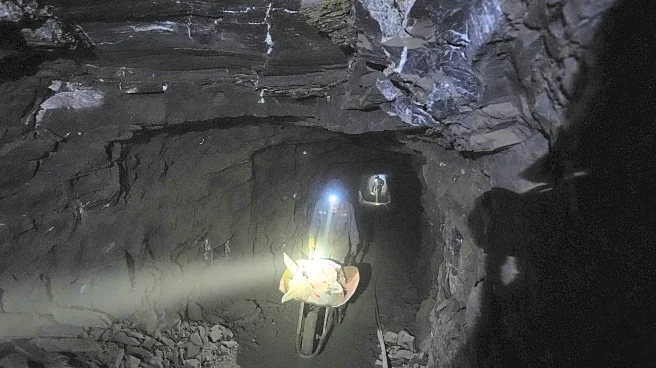What's Happening?
Researchers have discovered amber deposits in Ecuador containing insects and a spider's web dating back 112 million years to the Cretaceous Period. This is the first time such amber with bio-inclusions has been found in South America. The amber, originating from conifer resin, was found in a quarry in the Amazon rainforest. The preserved insects include flies, wasps, midges, and mosquitoes, providing a glimpse into the ecosystem that existed alongside dinosaurs.
Why It's Important?
This discovery offers a rare window into the biodiversity of the Cretaceous Period, enhancing understanding of ancient ecosystems. The well-preserved bio-inclusions allow scientists to study the interactions between species and their environments during a time when dinosaurs roamed the Earth. This find also contributes to the knowledge of how ancient species adapted to their habitats, offering insights into evolutionary processes. The research underscores the significance of amber as a medium for preserving ancient life forms and their ecological contexts.





